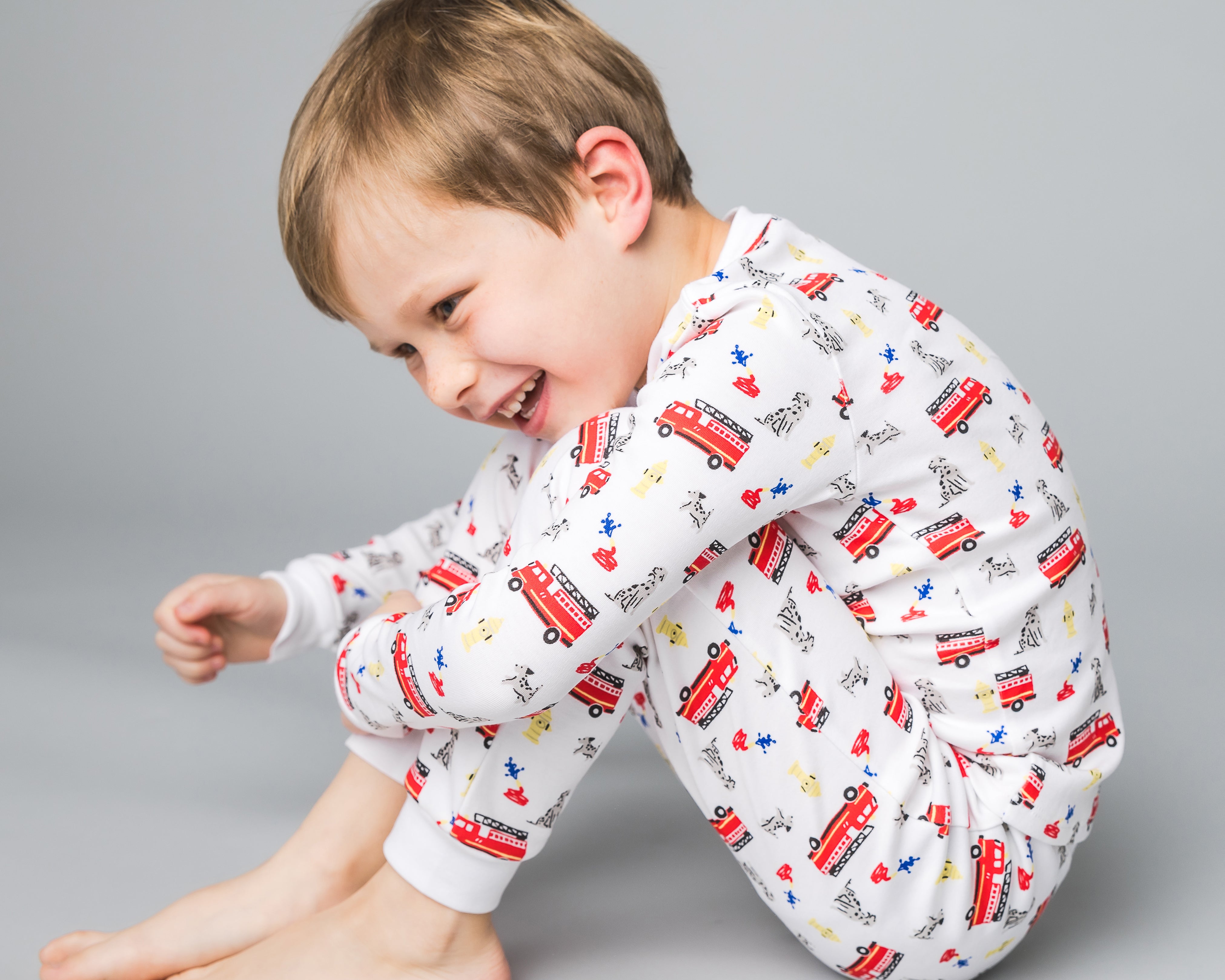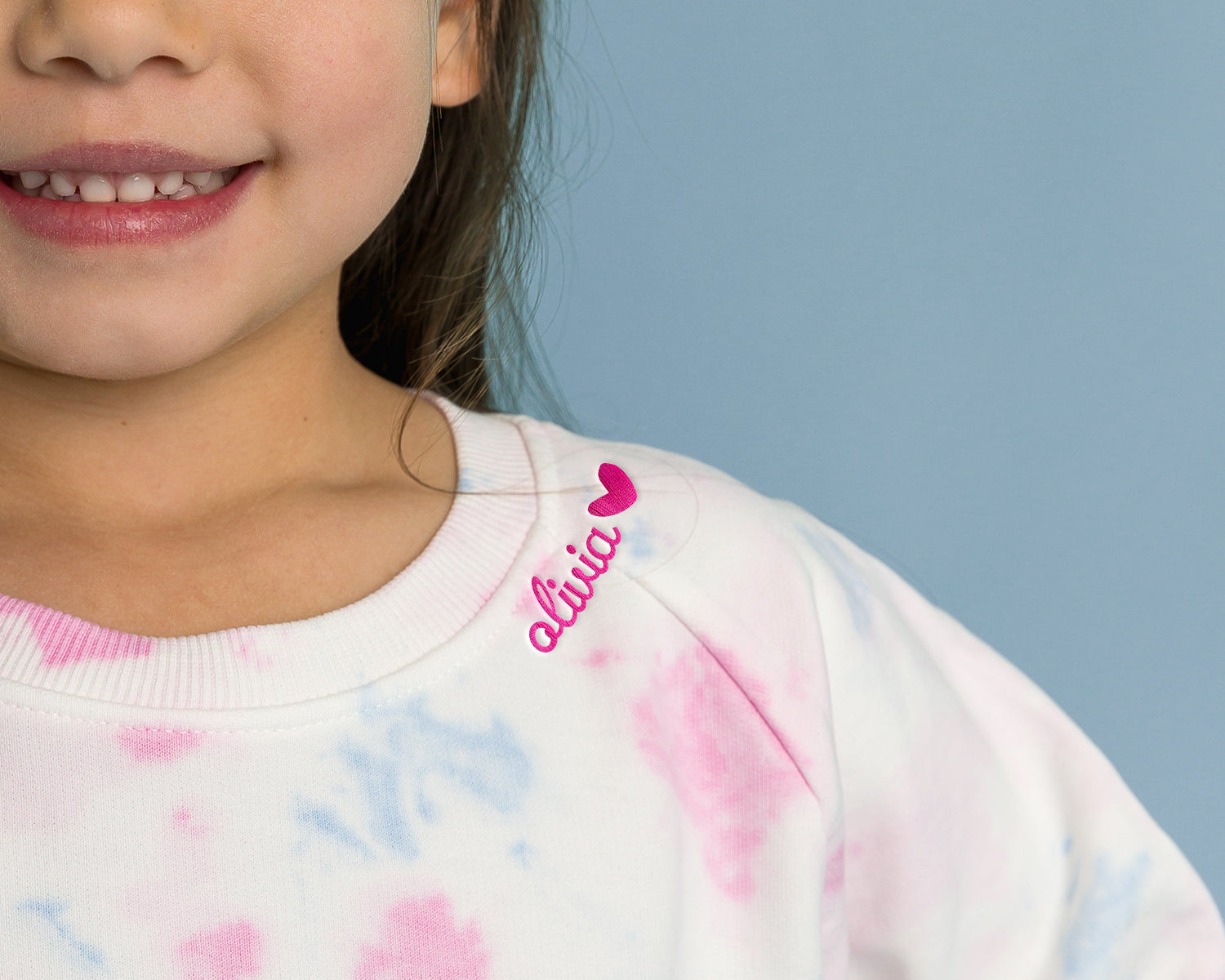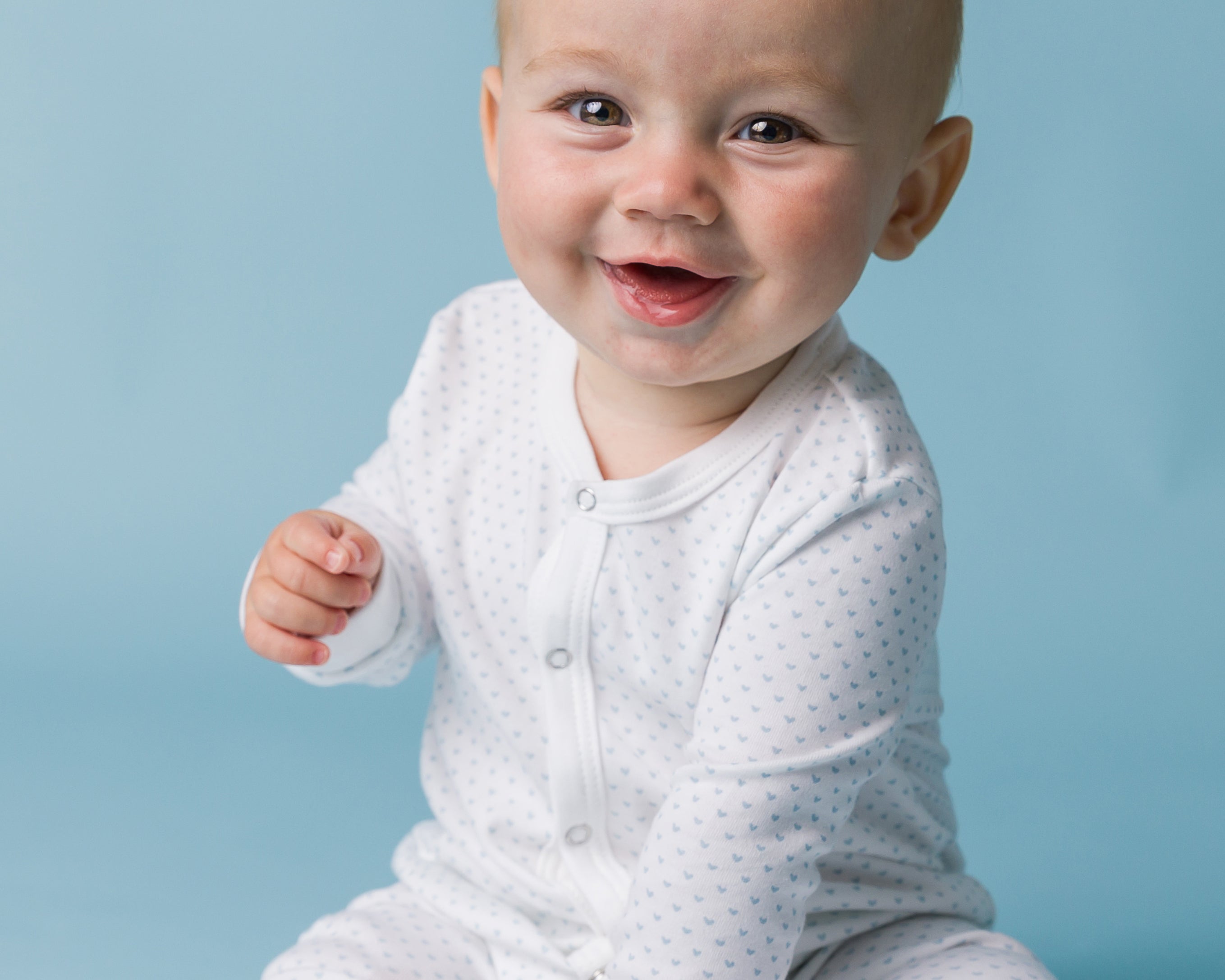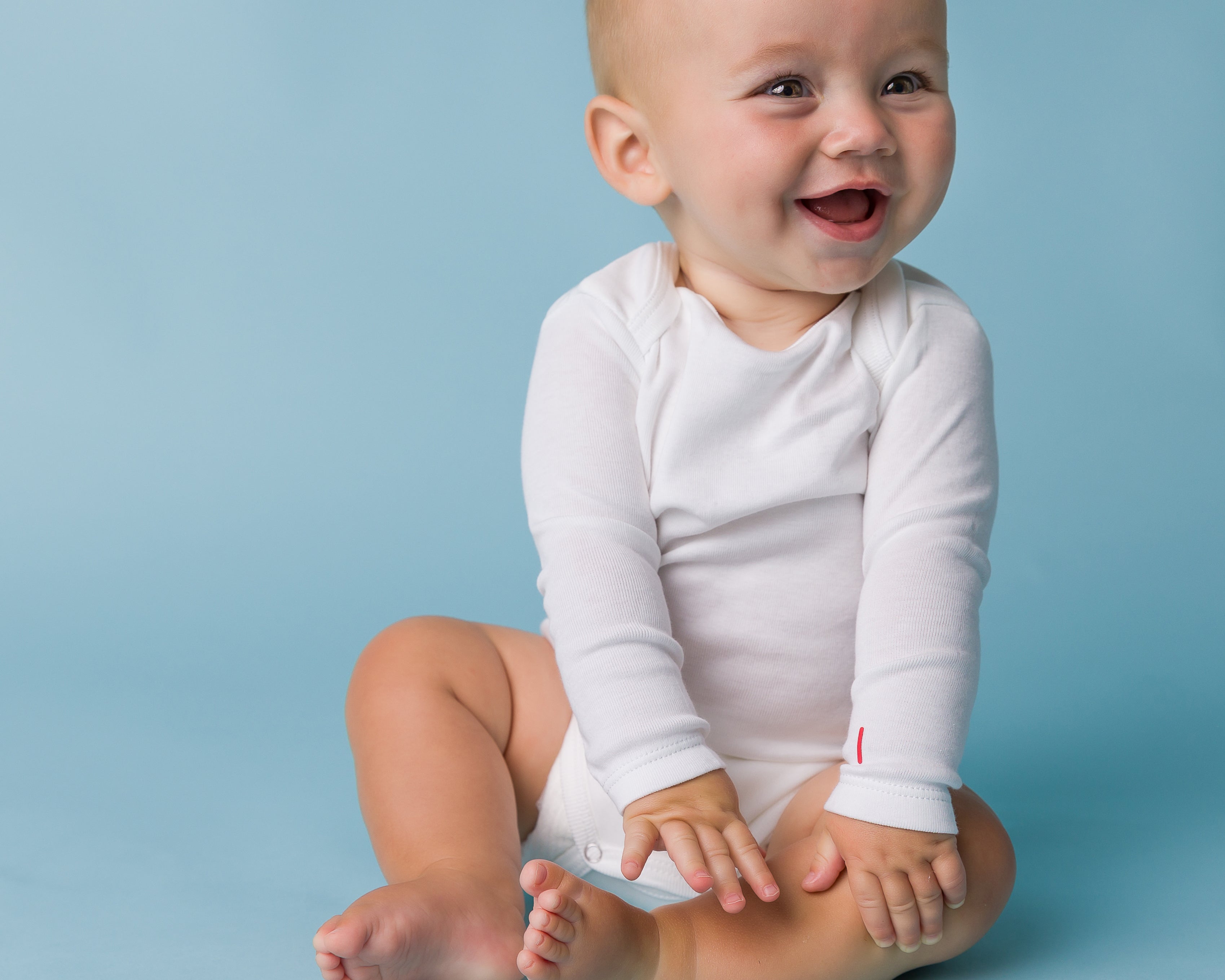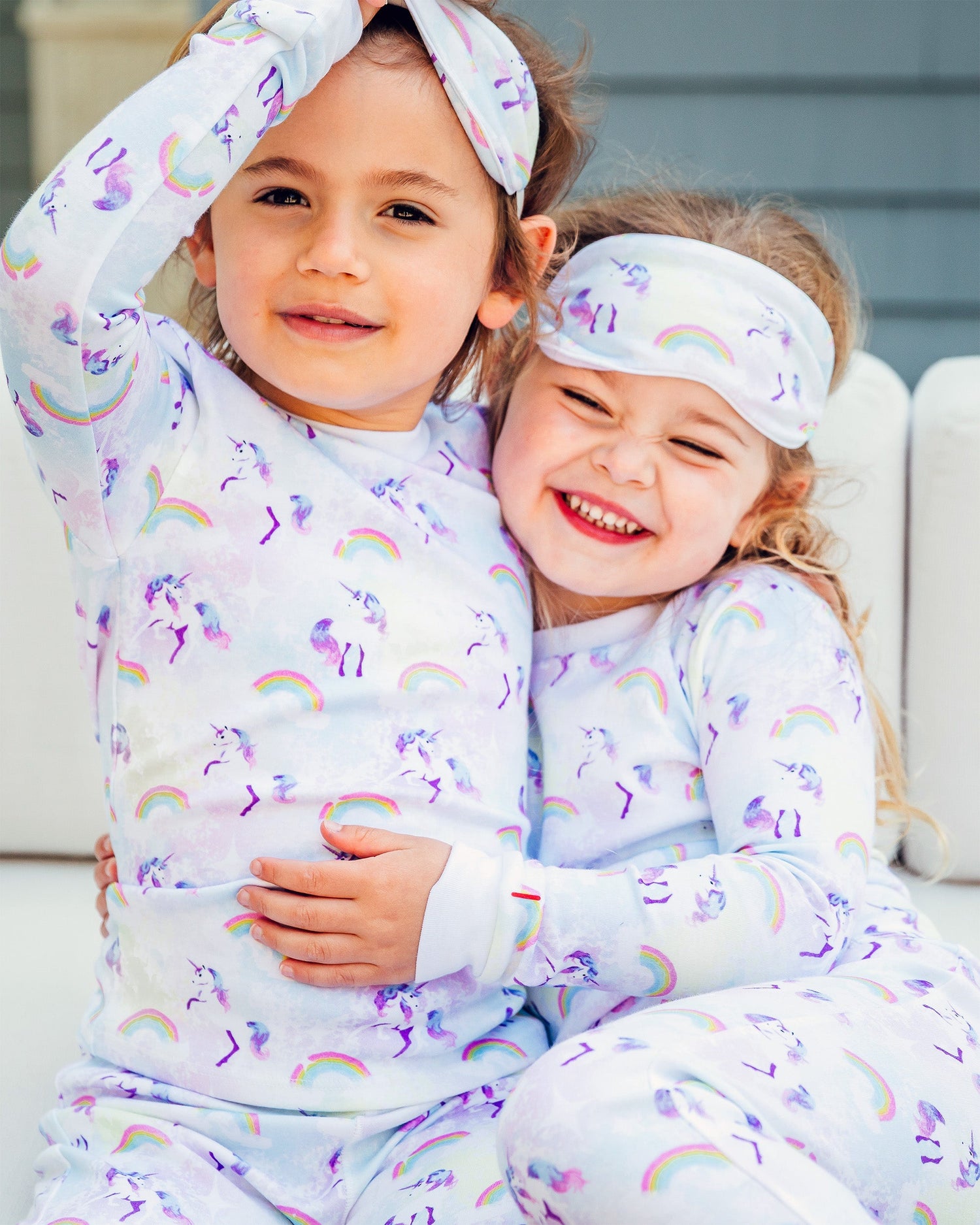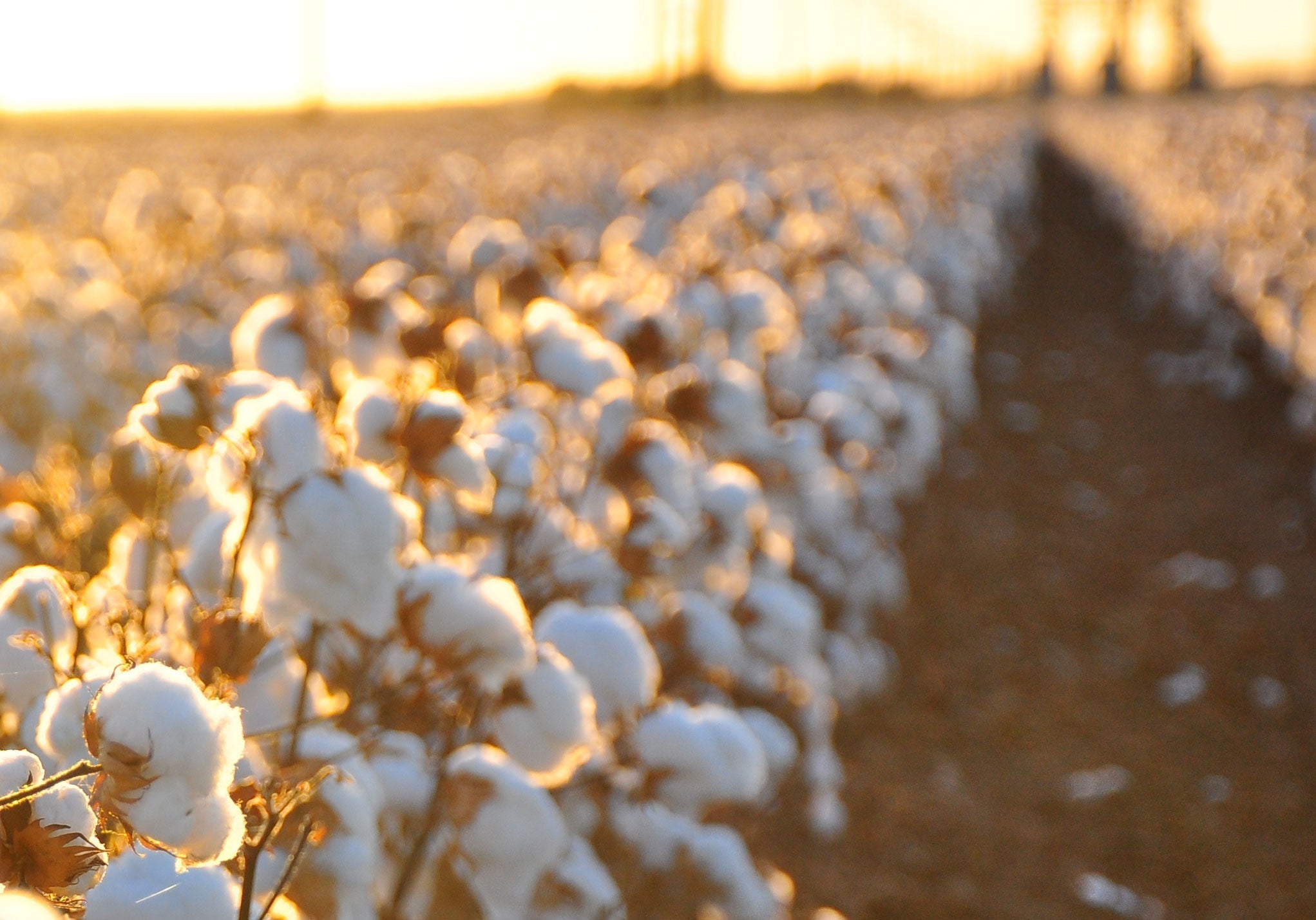There’s one thing kids do more than anything else: sleep. And when they do, what’s next to their skin matters more than you might think. The right pajamas can mean the difference between tossing and turning… and deep, dreamy rest.
If you’ve ever stood in the clothing aisle wondering “Is this safe? Is this soft enough? Too tight? Too loose?” ... this guide’s for you.
Safety First: How to Know If Pajamas Are Sleep-Approved
When it comes to kids’ sleepwear, safety isn’t optional, it’s the law. The U.S. Consumer Product Safety Commission (CPSC) sets strict standards for how children’s pajamas should fit and function. Here’s the quick version:
Snug-Fit Sleepwear: Most PJs for kids under 14 are designed to fit close to the body. Not restrictive, just snug. That’s not a style choice; it’s fire safety. Fabric that hugs the skin is far less likely to catch or spread flames.
Flame-Resistant Options: Looser PJs are often treated with flame-retardant chemicals to meet safety requirements. If you’d rather skip the chemicals (and most parents would), snug-fitting organic cotton is the safer way to go.
Quick tip: Look for a tag that says “Wear snug-fitting. Not flame resistant.” That’s your sign you’re choosing a safer, chemical-free option.
Best Fabrics for Sleep, and What to Avoid
All pajamas are not created equal. What’s against your child’s skin for 10–12 hours a night should check three boxes: soft, breathable, and non-toxic.
Organic Pima Cotton: This is the gold standard. It’s naturally breathable, hypoallergenic, and free from harmful pesticides or dyes. Pima is known for its extra-long fibers. That’s what makes it softer, smoother, and stronger than standard cotton. It keeps kids cool in summer, warm in winter, and comfortable year-round.
Skip Synthetics: Polyester and synthetic blends trap heat and moisture, which can lead to sweating, overheating, and skin irritation, especially for sensitive skin.
Avoid Harsh Dyes: Look for low-impact or water-based dyes (bonus points if they’re OEKO-TEX® certified) to reduce exposure to unnecessary chemicals.
Fit, Temperature, and Seasons: Getting It Right
Even the best pajamas won’t help if they don’t fit properly. Here’s how to get it right:
-
Snug, Not Tight: Pajamas should hug the body without digging in. Too tight = uncomfortable. Too loose = unsafe.
-
Layer Smart: In winter, add a sleep sack or lightweight blanket instead of piling on heavy layers. In warmer months, stick to short sleeves or lightweight knits.
-
Room to Grow (Just a Little): Kids grow fast...sizing up slightly can give your PJs a bit more longevity, but make sure they still meet snug-fit standards.
5 Signs It’s Time for New Pajamas
Think of pajamas as a wearable sleep tool. And like any tool, they need replacing when they stop working. If you notice any of these, it’s time for a refresh:
-
The fabric is thinning, pilling, or losing shape.
-
They’ve become too tight (or too loose) after a growth spurt.
-
Stains or odors don’t come out even after washing.
-
Elastic waistbands or cuffs are stretched out.
-
Your child complains they’re itchy, hot, or uncomfortable.
The Bottom Line: Sleepwear Isn’t Just Pajamas. It’s Part of Sleep Hygiene.
Great sleepwear does more than look good. It keeps kids comfortable, helps regulate temperature, and, most importantly, keeps them safe. And when it’s made from ultra-soft, organic Pima cotton, it becomes part of a healthier, happier bedtime routine.
Because at the end of the day (literally), better sleep starts with what’s next to their skin.
Ready to upgrade their sleepwear drawer?
Explore our organic Pima pajama collection →


